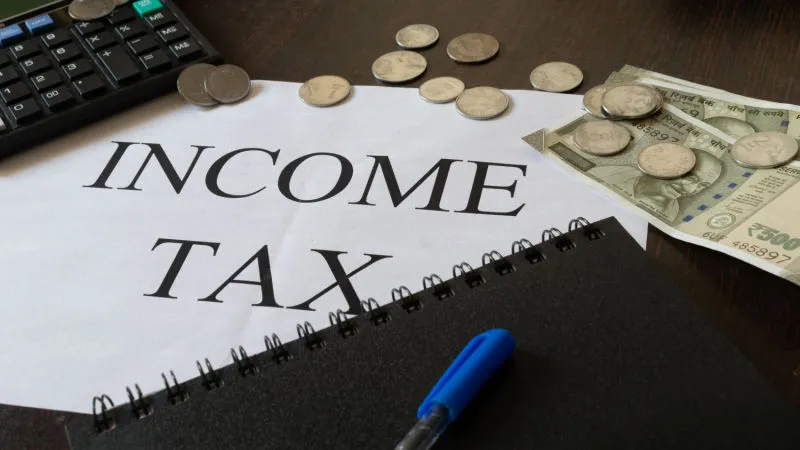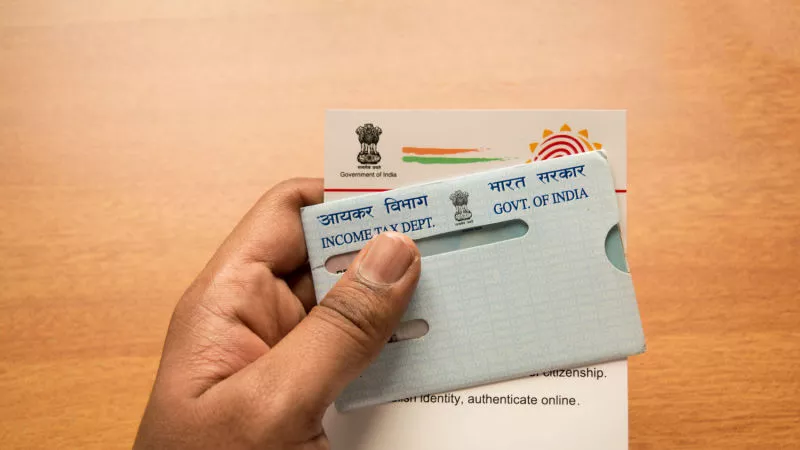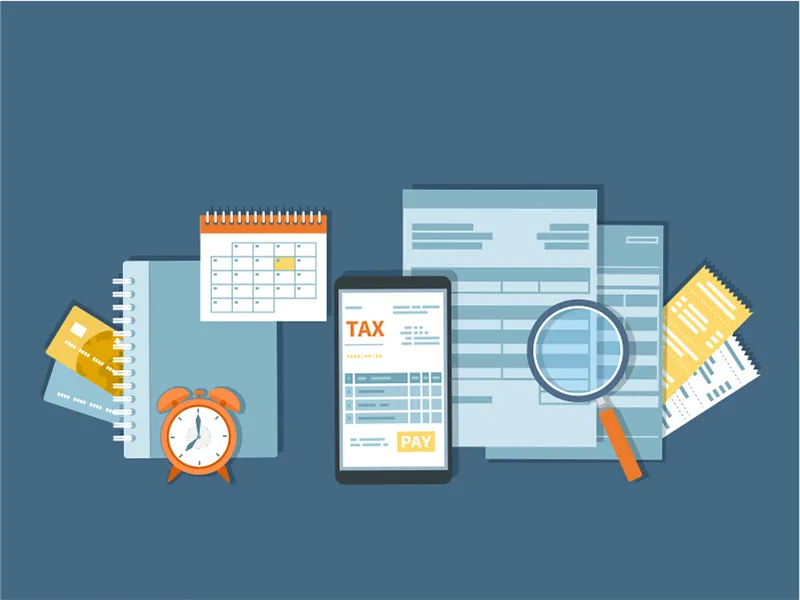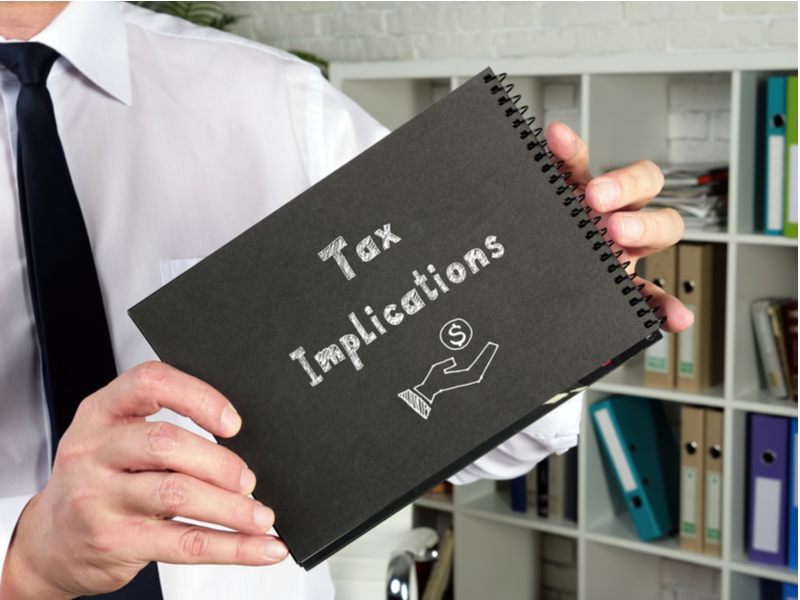
On Feb 1, the Union Budget 2023 was presented by Finance Minister Nirmala Sitharaman, which is being called a progressive yet populist budget considering the focus on capital outlay along with the needs of the middle class. To alleviate the burden on taxpayers, FM has suggested altering the personal income tax system by reducing the number of tax brackets to 5 and raising the basic exemption limit to Rs. 3 lakhs.
One of the most favorable announcements was no income tax up to an annual income of Rs. 7 lakhs. But, isn’t the tax exemption limit only Rs. 3 lakhs then what about the remaining Rs. 4 lakhs?
Read More – How Can I Check The Status of My Income Tax Returns?
Here, we simplify the tax calculation for you and help you understand the new tax regime better.
What has changed in income tax as per Budget 2023?
As per FM’s Budget announcement, the new income tax regime will now be considered the default tax regime. However, the government has left it up to tax paying citizens to choose between the two regimes, whichever offers maximum benefit to an individual.
Highlights on income tax changes for New tax regime as per Budget 2023
- Basic exemption level raised from Rs 2.5 to Rs. 3 lakhs per annum
- Tax rebate limit raise from Rs. 5 lakhs to Rs. 7 lakhs
- Surcharge rate cut down from 37% to 25%
- Number of personal income tax slabs reduced from 6 to 5
Revised Income Tax Slabs for the New Tax Regime for FY 2023–24
As per the revised tax rates, annual income up to Rs. 3 lakhs will not attract any tax.
| Slab | Tax rate |
| Income of Rs. 3 lakhs to Rs. 6 lakhs | 5% |
| Income of Rs. 6 lakhs to Rs. 9 lakhs | 10% |
| Income of Rs. 9 lakhs to Rs. 12 lakhs | 15% |
| Income of Rs. 12 lakhs to Rs. 15 lakhs | 20% |
| Income above Rs. 15 lakhs | 30% |
So, considering these new rules, how does one calculate personal income tax?
How to calculate income tax as per Budget 2023 changes?
Suppose Ms. Nisha earns Rs. 7 lakhs per year. Her income tax calculation will look like this as per the old and new tax regime:
Income tax calculation on old regime
| Old Tax Regime | |
| Up to Rs. 2.5 lakhs | Nil |
| For Rs. 2.5 – 5 lakhs – 5% tax | Rs. 12,500 |
| For Rs. 5 – 7 lakhs – 10% tax | Rs. 20,000 |
| Net Tax | Rs. 32,500 |
| Rebate as per Sec 87A | Nil |
| Net Tax Obligation of Ms. Nisha | Rs. 32,500 |
Before Budget 2023, Ms. Nisha would have paid Rs. 32,500 as personal income tax.
Income tax calculation on new regime
| New Tax Regime | |
| Up to Rs. 3 lakhs | Nil |
| Next Rs. 3 lakhs – 5% tax | Rs. 15,000 |
| Remainder Rs.1 lakh – 10% tax | Rs. 10,000 |
| Net Tax | Rs. 25,000 |
| Rebate as per Sec 87A | Rs. 25,000 |
| Net Tax Obligation of Ms. Nisha | Nil |
After Budget 2023 and effective April 1, 2023, Ms. Nisha would not have to pay any personal income tax with this income level. Thus, most salaried individuals in this salary bracket have welcomed the tax changes announced in Budget 2023.
Tax calculation on salary over Rs. 7 lakhs in new regime
Let’s take an example to understand the income tax obligation for income above Rs. 7 lakhs. Suppose Ms. Nisha’s income is Rs. 16 lakhs. Here’s how her tax obligation will look like as per the new regime:
| New Tax Regime | |
| Up to Rs. 3 lakhs | Nil |
| For Rs. 3 – 6 lakhs – 5% tax | Rs. 15,000 |
| For Rs. 6 – 9 lakhs – 10% tax | Rs. 30,000 |
| For Rs. 9 – 12 lakhs – 15% tax | Rs. 45,000 |
| For Rs. 12 – 15 lakhs – 20% tax | Rs. 60,000 |
| Above 15 lakhs – 30% tax | Rs. 14,250 |
| Tax Obligation of Ms. Nisha | Rs. 1,64,250 |
| Cess @4% | Rs. 6,570 |
| Net Tax Obligation of Ms. Nisha | Rs. 1,70,820 |
How to get deductions like HRA in the new tax regime?
HRA deduction is not allowed in the new income tax regime. If an individual is living on rent and gets HRA as a part of the salary, it is best to continue with the old regime to avail deductions. This may help in significant tax saving depending on one’s income level.
Here are 2 HRA calculation scenarios for Ms. Nisha as per her annual income considered in above examples:
| Basic salary | Rs. 6 lakhs | Rs. 15 lakhs |
| 50% of basic salary | Rs. 3 lakhs | Rs. 7.5 lakhs |
| HRA received | Rs. 3 lakhs | Rs. 5 lakhs |
| Actual rent | Rs. 3 lakhs | Rs. 5 lakhs |
| Actual rent less 10% of basic salary | Rs. 2.4 lakhs | Rs. 3.5 lakhs |
| HRA tax deduction | Rs. 2.4 lakhs | Rs. 3.5 lakhs |
Visit incometaxindia website to calculate your HRA using online calculator
Old versus new – which tax regime wins with deduction benefits?
If an individual’s annual income is between Rs. 7.5 – 15.5 lakhs, the old tax regime is more attractive than the new tax regime. This is, provided one fully utilizes all the benefits available under Section 80C (long-term investments), Section 80D (medical insurance), and Section 24 (home loan interest) in addition to utilizing HRA. If one is unable to fully utilize these benefits, then it’s better to switch to the new tax regime.
Those with income above Rs. 15.5 lakhs will not see much difference in terms of tax saving through deductions.
Conclusion
Budget 2023’s simplification of the tax structure is a positive change. With the new tax structure, the government has managed to focus on boosting disposable income for those at the bottom of the socio-economic ladder and is also looking at making tax administration easier. To conclude, it is a clear indication that the government prefers for individual taxpayers to move away from the old income tax regime and adopt the new regime.
FAQs
Under Section 80C, you can claim deductions on various eligible investments up to a maximum of Rs. 1.5 lakh per year from your taxable income.
Yes, the government has given taxpayers the option to choose between the old and new tax regimes.
Yes, an annual income above Rs. 7 lakhs is taxable as per the new tax slabs announced in Budget 2023.
Although it is not mandatory to file IT returns for those with income below Rs. 3 lakhs, filing IT returns can help in various ways such as loan applications, visa processing, claiming tax refunds, etc.


























